Starting a flower garden felt a bit overwhelming for me at first, especially since I was new to it. But I quickly learned it doesn’t have to be complicated.
What helped most was starting with easy flowers to grow that don’t need constant care but still bring plenty of color and life to the yard. They made the whole process less stressful and way more enjoyable.
I’ll share the simple steps I followed to plant my first flowers, along with a list of beginner-friendly blooms that have worked well for me.
By the end, you’ll have the basics to create a garden you can enjoy all season long, without feeling overwhelmed.
Why Start with Easy Flowers to Grow?
Simple flowers build your confidence as a gardener. You learn the basics without worrying about killing expensive or finicky plants.
Most beginner-friendly flowers tolerate different weather conditions and soil types. They bounce back from occasional neglect and still produce plenty of blooms.
You need fewer tools and less time to care for hardy flower varieties. This means you can enjoy gardening without feeling stressed about daily maintenance tasks.
Growing flowers connects you to nature and provides instant satisfaction. You see results quickly, which motivates you to keep learning and expanding your garden.
Easy Flowers to Grow for Beginners
Starting with low-maintenance flowers helps you learn gardening basics without stress. These hardy plants adapt well, need little care, and reward you with reliable blooms.
1. Zinnias
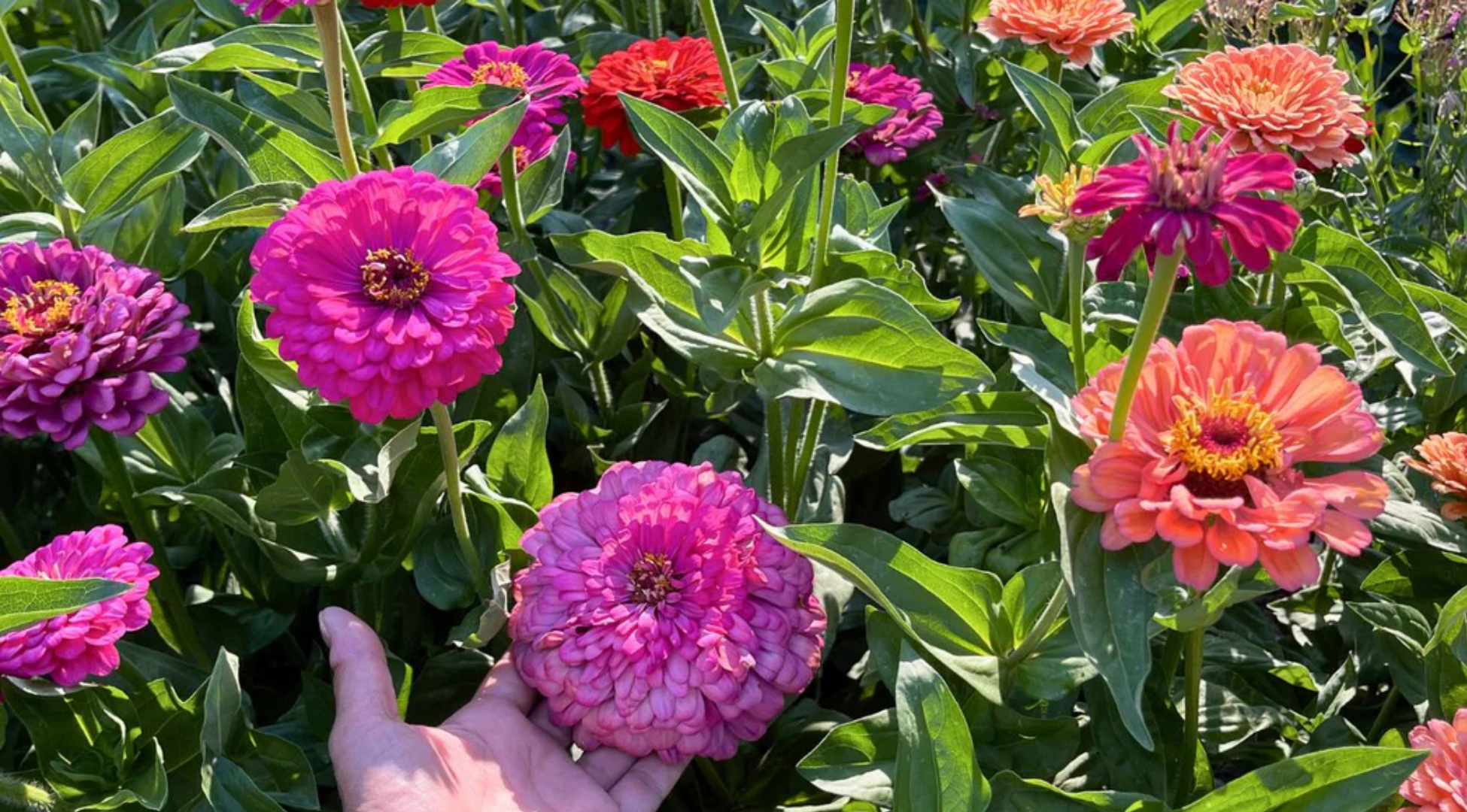
Zinnias are vibrant, low-maintenance flowers that thrive in full sun. They grow quickly from seed and bloom all summer, adding bold pops of color to any garden. They also attract butterflies, making them a lively addition to your yard.
2. Marigolds
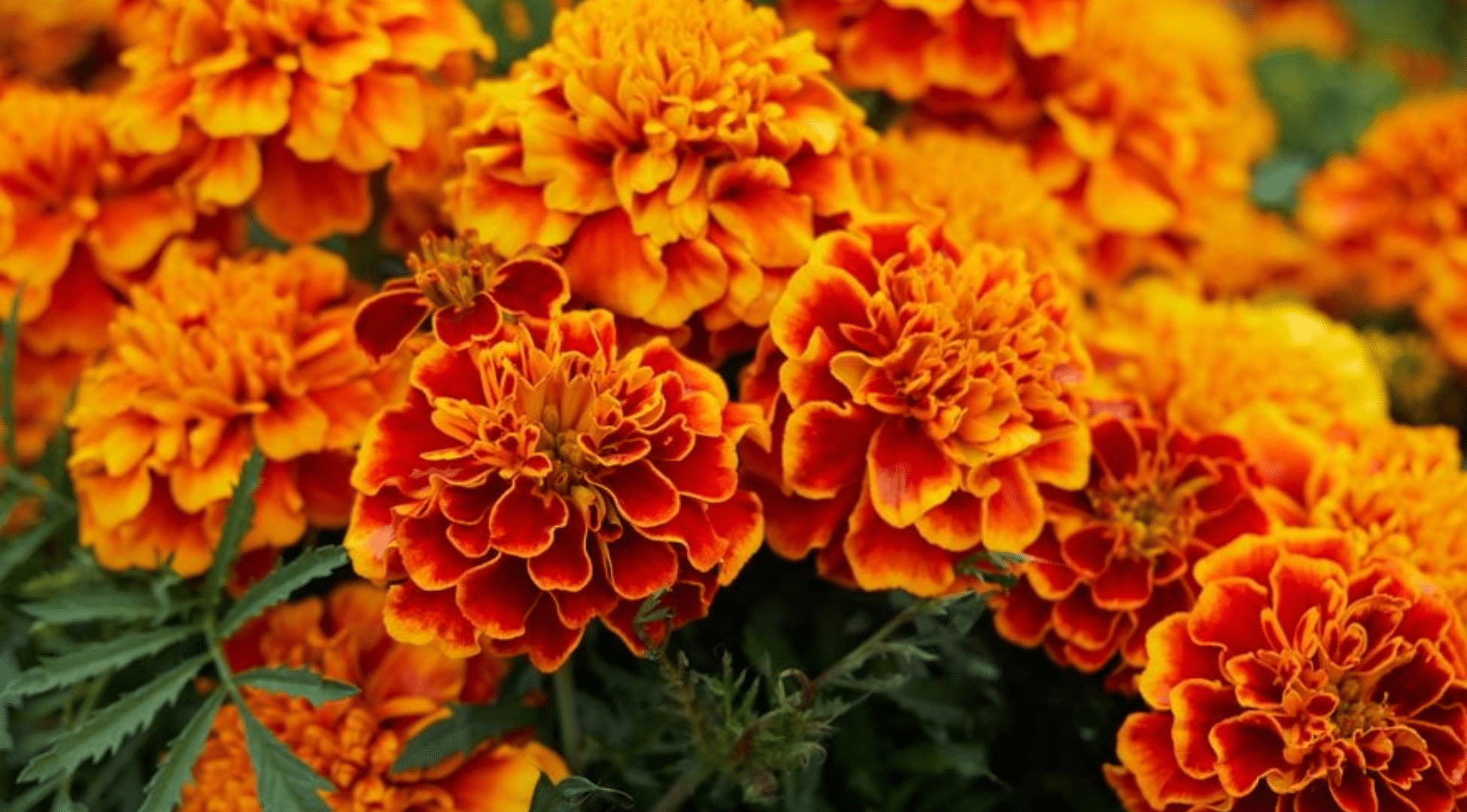
Marigolds are hardy and pest-resistant, perfect for first-time gardeners. Their bright orange and yellow blooms flourish in most soils and withstand heat. Plant them in garden beds or pots for a cheerful, long-lasting display.
3. Cosmos
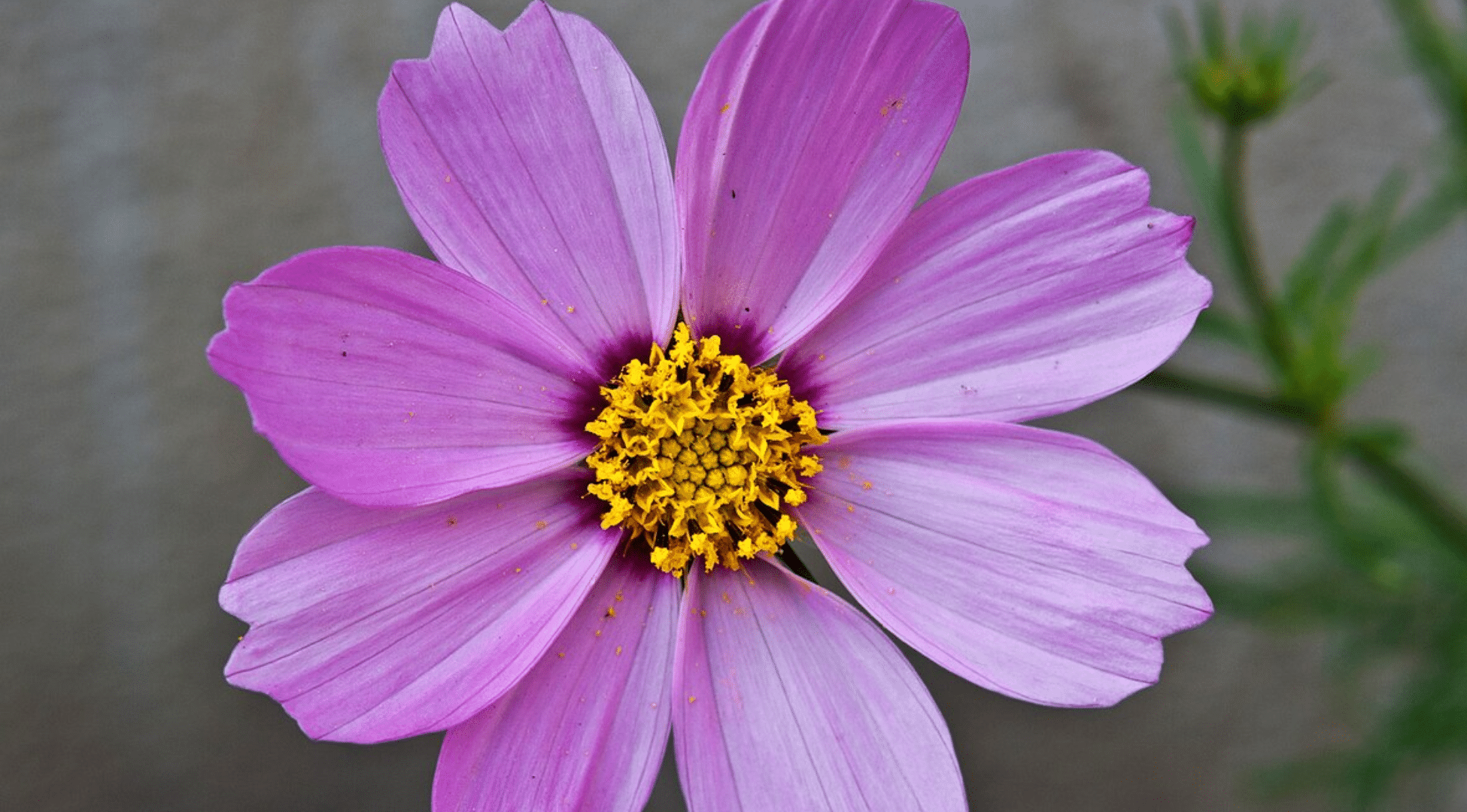
Cosmos produces airy, daisy-like flowers in pink, white, and purple shades. They handle poor soil well and require little watering. With a long blooming season, they’re ideal for adding a soft, colorful touch to your garden.
4. Sunflowers
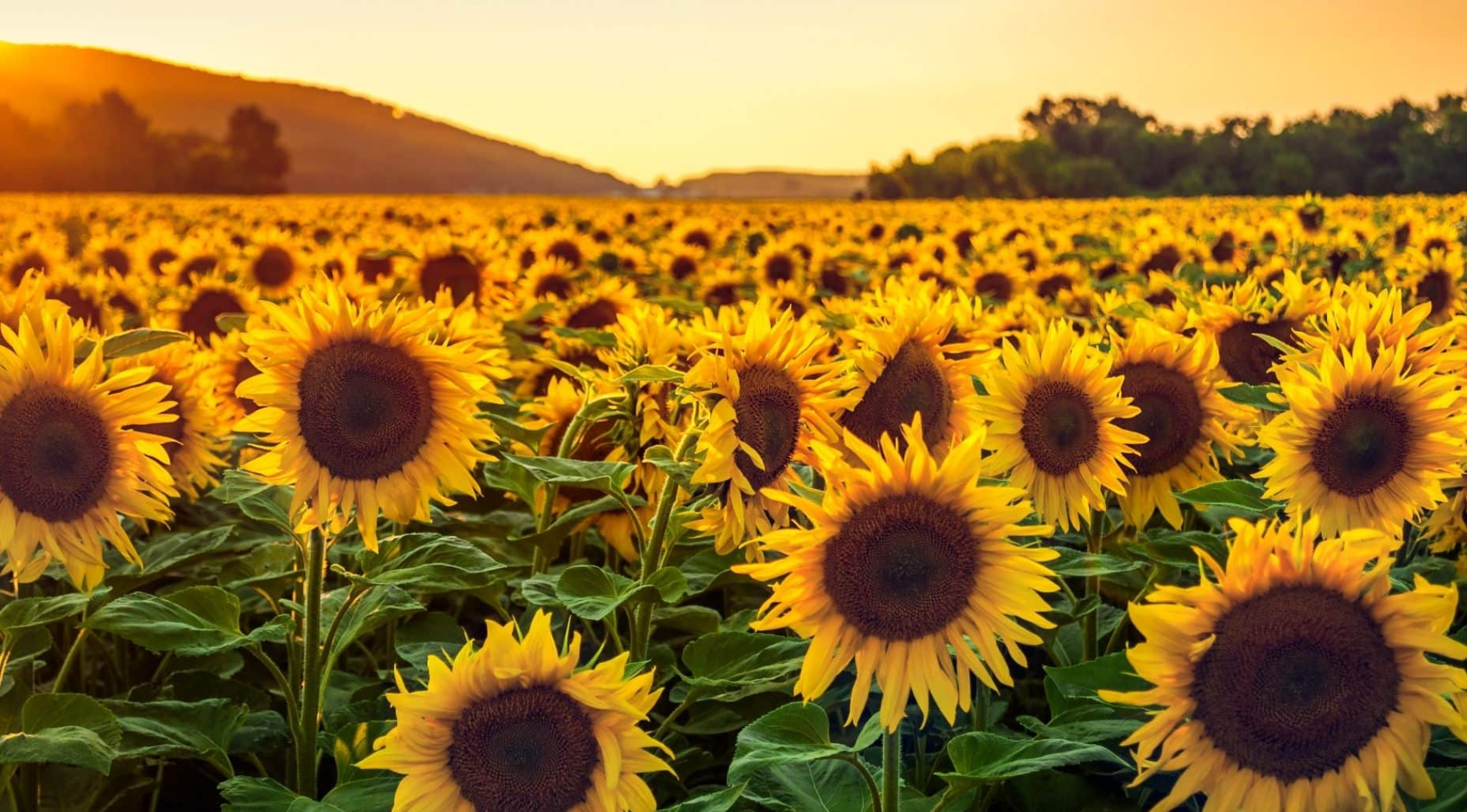
Sunflowers are iconic, easy-to-grow plants that love the sun. They sprout quickly and can reach impressive heights, making them a fun choice for kids. Their large blooms also attract bees and birds to your outdoor space.
5. Nasturtiums
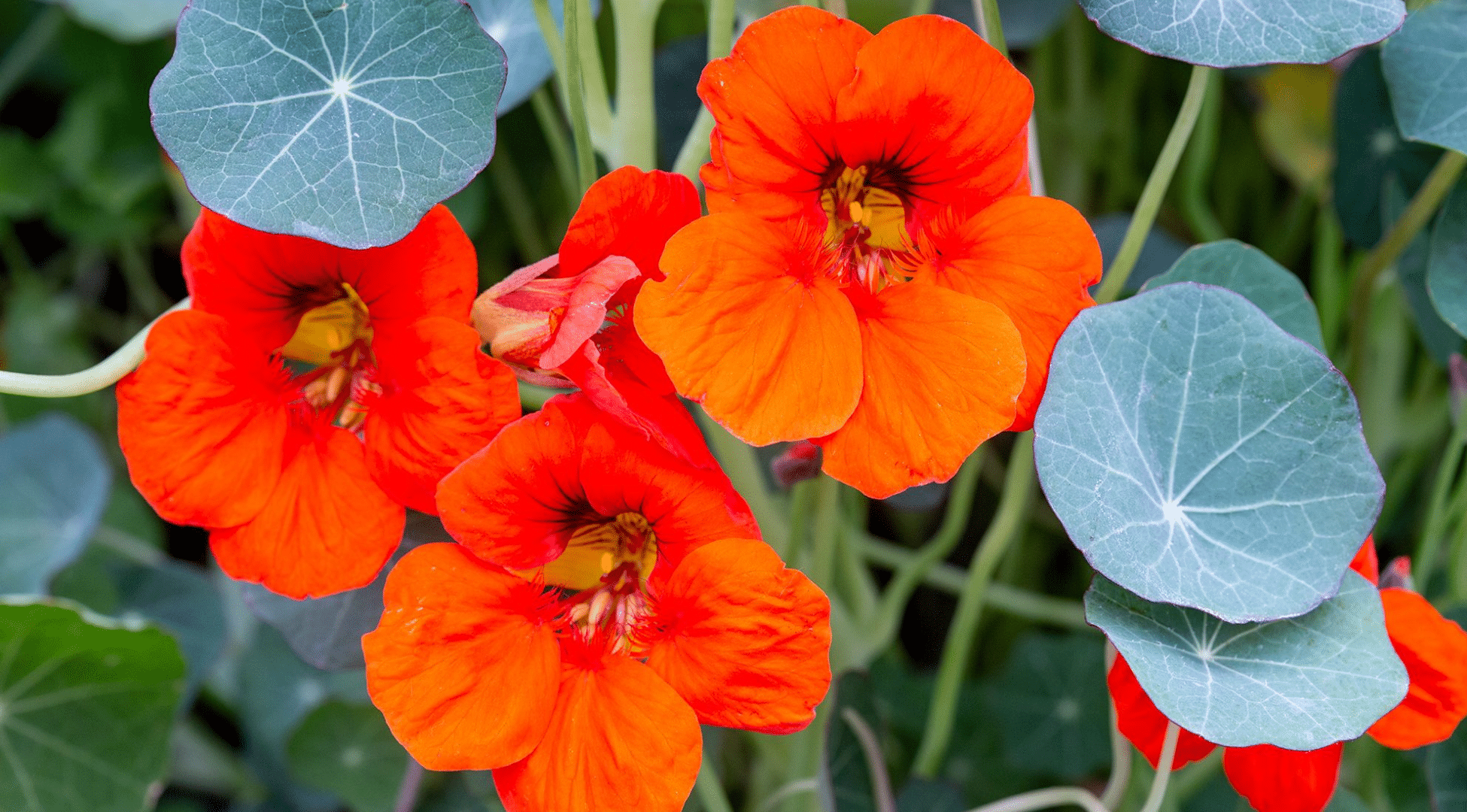
Nasturtiums offer both beauty and function. Their bright flowers and round leaves spill attractively over pots or garden edges. They’re edible too, adding a peppery flavor to salads while also deterring common pests.
6. Petunias
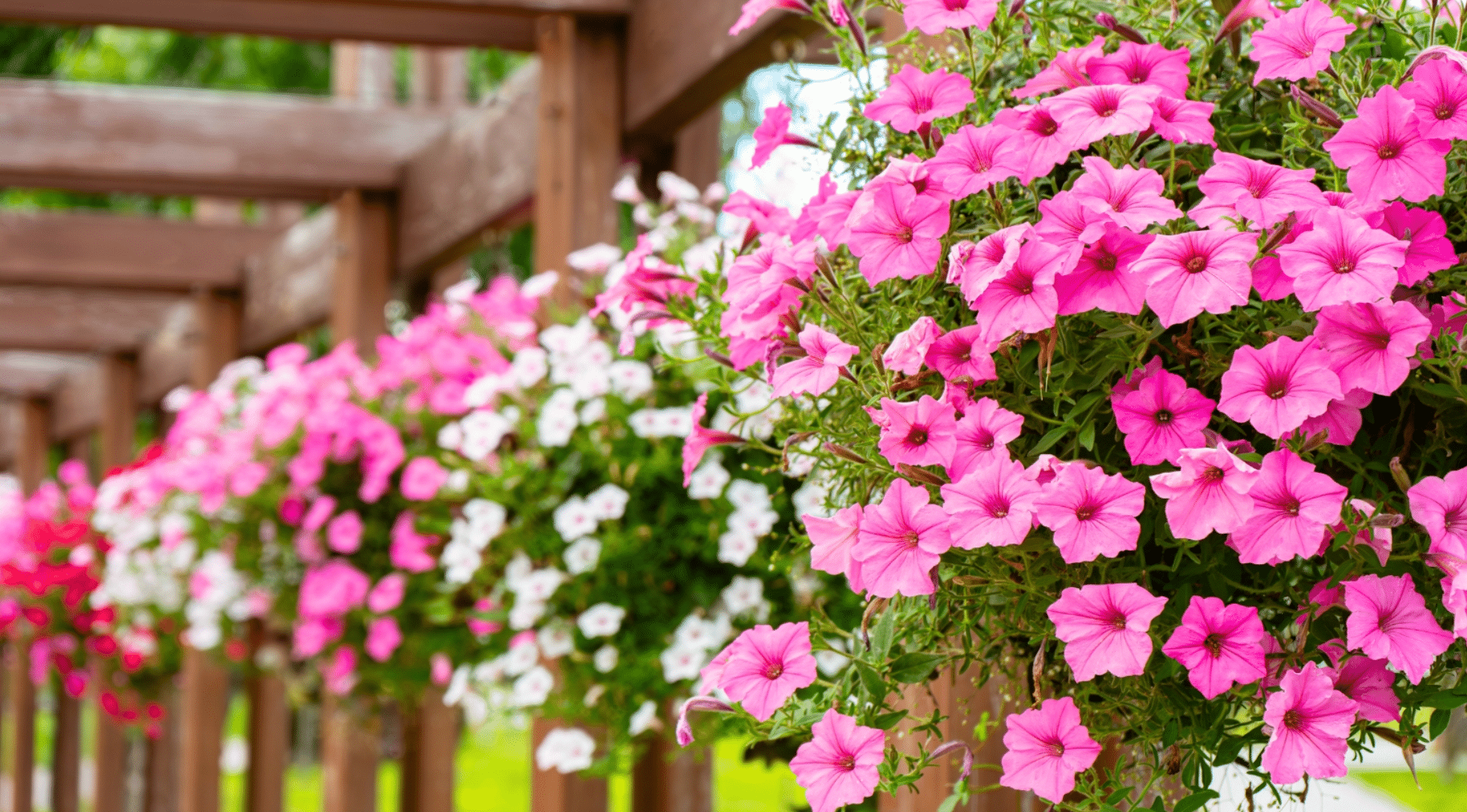
Petunias are colorful, adaptable flowers that bloom from spring through fall. They thrive in containers, hanging baskets, and garden beds. Regular deadheading encourages even more blooms, giving you a constant splash of color.
7. Calendulas
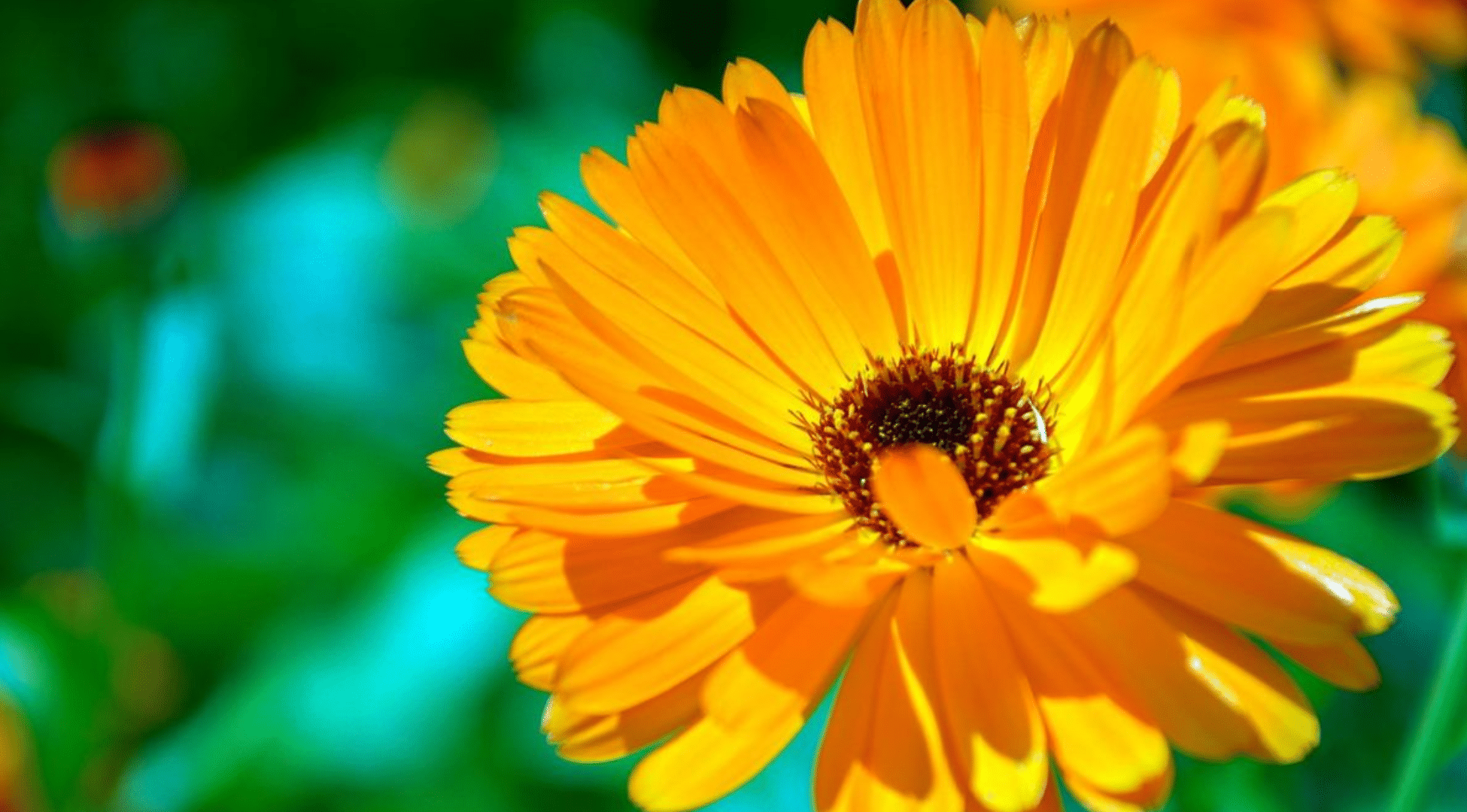
Calendulas, also known as pot marigolds, bring sunny yellow and orange tones to the garden. They’re cool-season flowers that handle light frost well and can even be used in herbal remedies and teas.
8. Sweet Alyssum
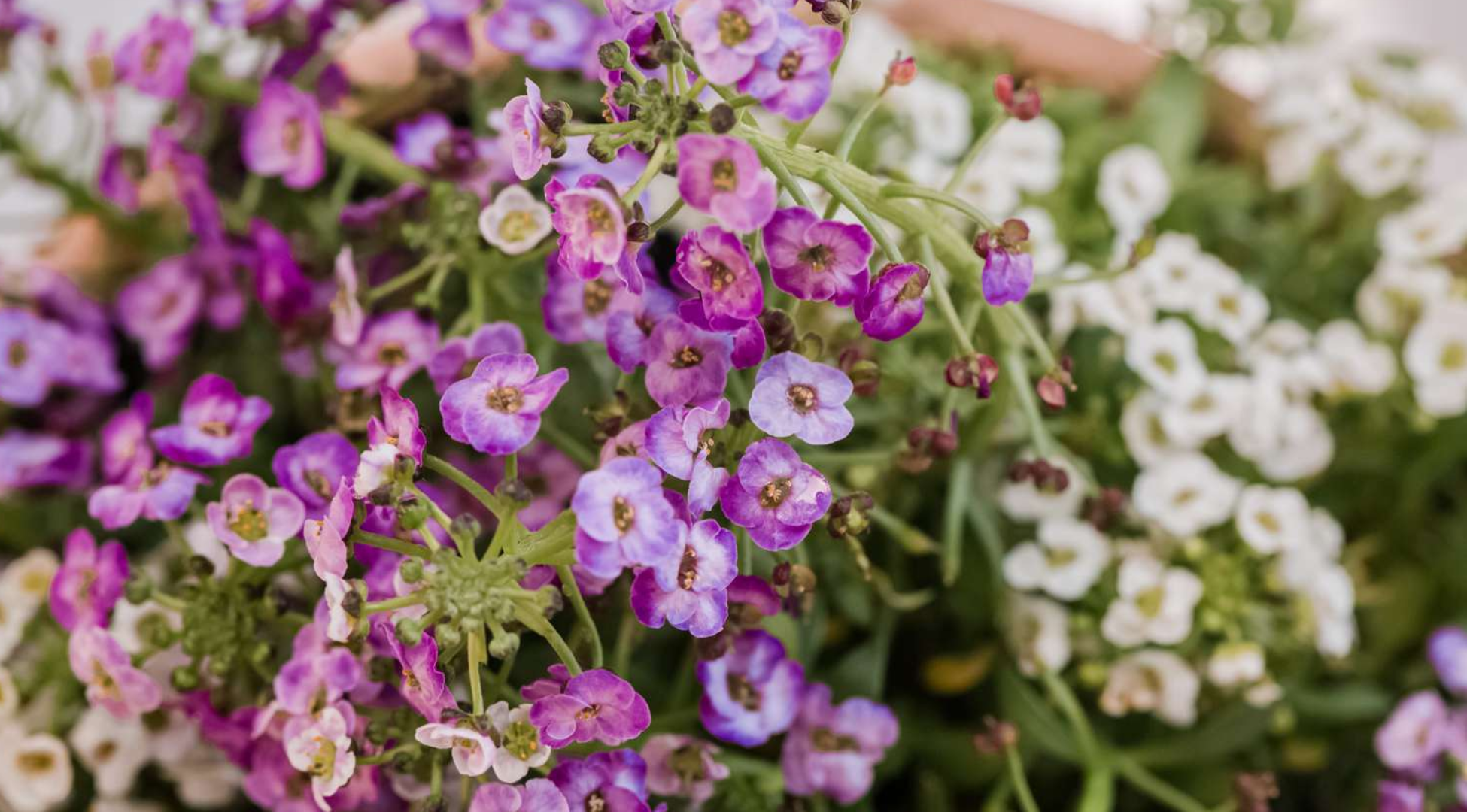
Sweet alyssum is a low-growing plant with delicate, fragrant clusters of flowers. It works beautifully as a border plant or ground cover. It also attracts pollinators and can help suppress weeds.
Understanding Annuals vs. Perennials
When planning your garden, it’s important to understand the difference between annuals and perennials so you can choose the right plants for your space. Here are some notable differences:
| Feature | Annuals | Perennials |
|---|---|---|
| Life Span | 1 season | Multiple years |
| Planting | Every spring | Regrow each spring |
| Examples | Zinnias, Marigolds, Cosmos | Coneflowers, Daylilies, Yarrow |
| Bloom | Continuous all season | Seasonal, after establishment |
| Cost | Cheaper, replant yearly | Higher upfront, saves over time |
| Benefit | Flexible colors & varieties | Long-term structure, low upkeep |
By understanding how annuals and perennials grow and bloom, you can choose the right mix to keep your garden looking vibrant year after year.
How to Plant Flowers in Simple Steps
Getting your flowers off to a strong start begins with a few simple steps.
By preparing the soil, planting correctly, and giving the right care early on, you’ll set the stage for healthy growth and vibrant blooms all season.
Tools and Materials You’ll Need
- Hand cultivator and hand rake
- Trowel and garden gloves
- Watering can or hose
- Compost or potting mix
- Flower plants or seeds
- Mulch (optional)
- Pots with drainage holes (for container gardening)
Step 1: Clear and Prepare the Planting Area
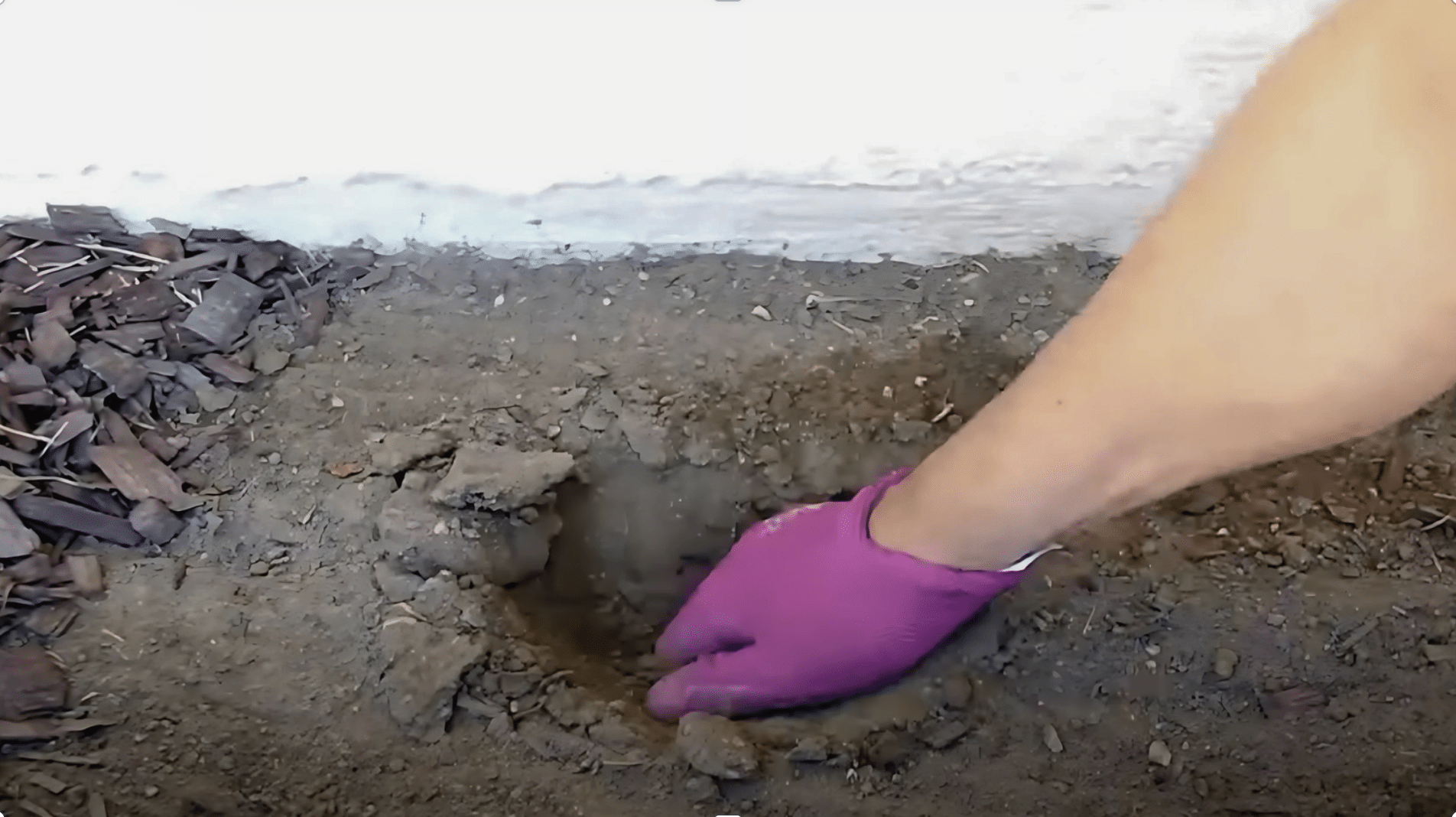
Start by using a hand cultivator to loosen the soil and remove large rocks, sticks, or other debris.
Follow up with a hand rake to sweep away smaller particles, ensuring you have a clean, even surface to work with.
A well-prepared area gives your flowers the best chance to establish strong roots right from the start.
Step 2: Dig and Enrich the Hole
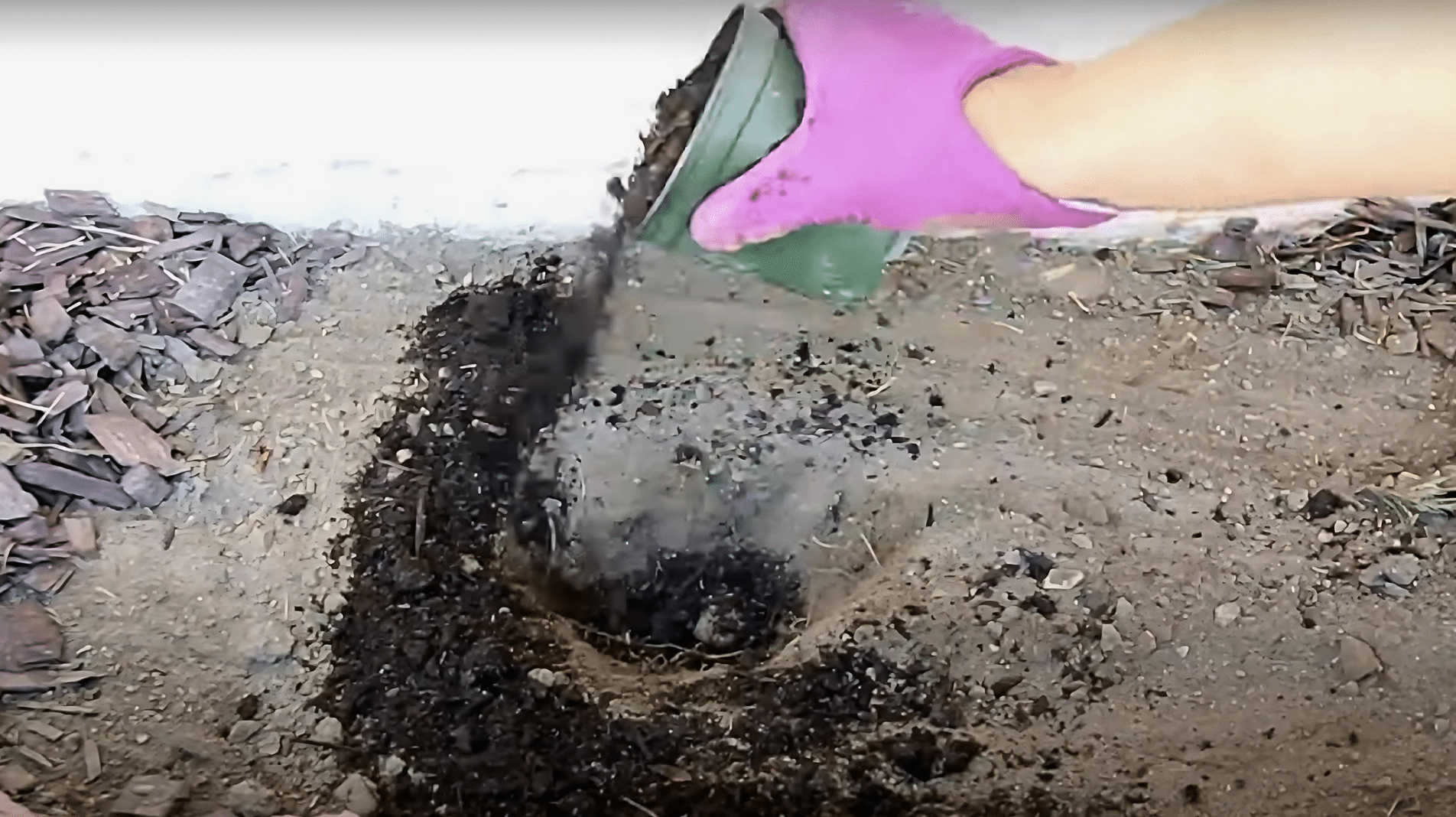
Use a trowel to dig a hole that’s just a bit wider and slightly deeper than the flower’s pot. This extra space allows roots to spread easily.
Before placing the plant, add a layer of fresh potting soil or compost to enrich the hole. Good soil provides nutrients, helps retain moisture, and encourages healthy root development.
Step 3: Remove and Loosen the Plant
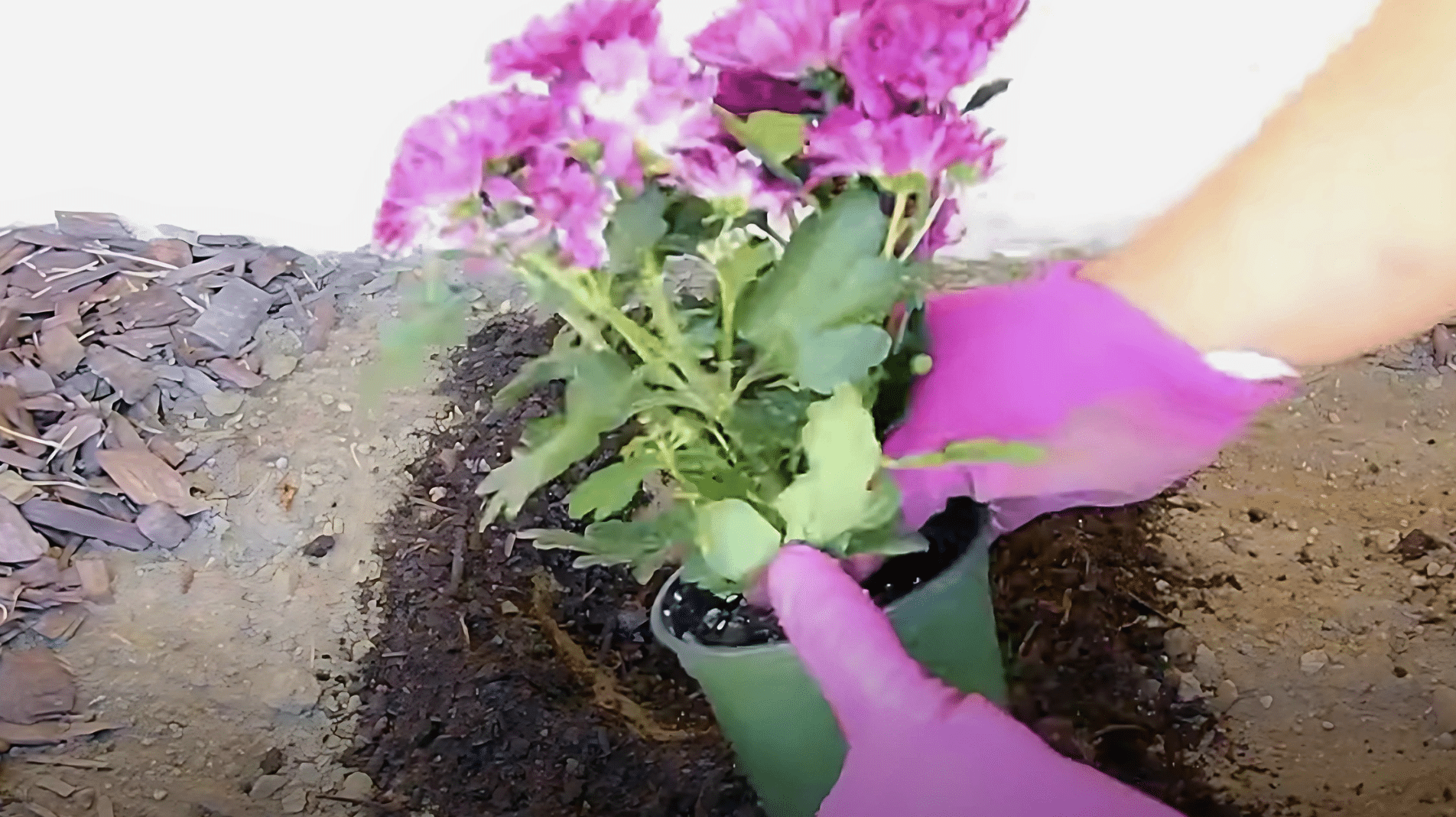
Water the plant lightly before removing it from its pot to make the process easier and reduce stress on the roots. Gently squeeze the sides of the container to loosen the root ball.
Once out, use your fingers to tease apart any roots that have started to circle the pot; this prevents the plant from becoming root-bound and helps roots spread into the surrounding soil.
Step 4: Plant and Water
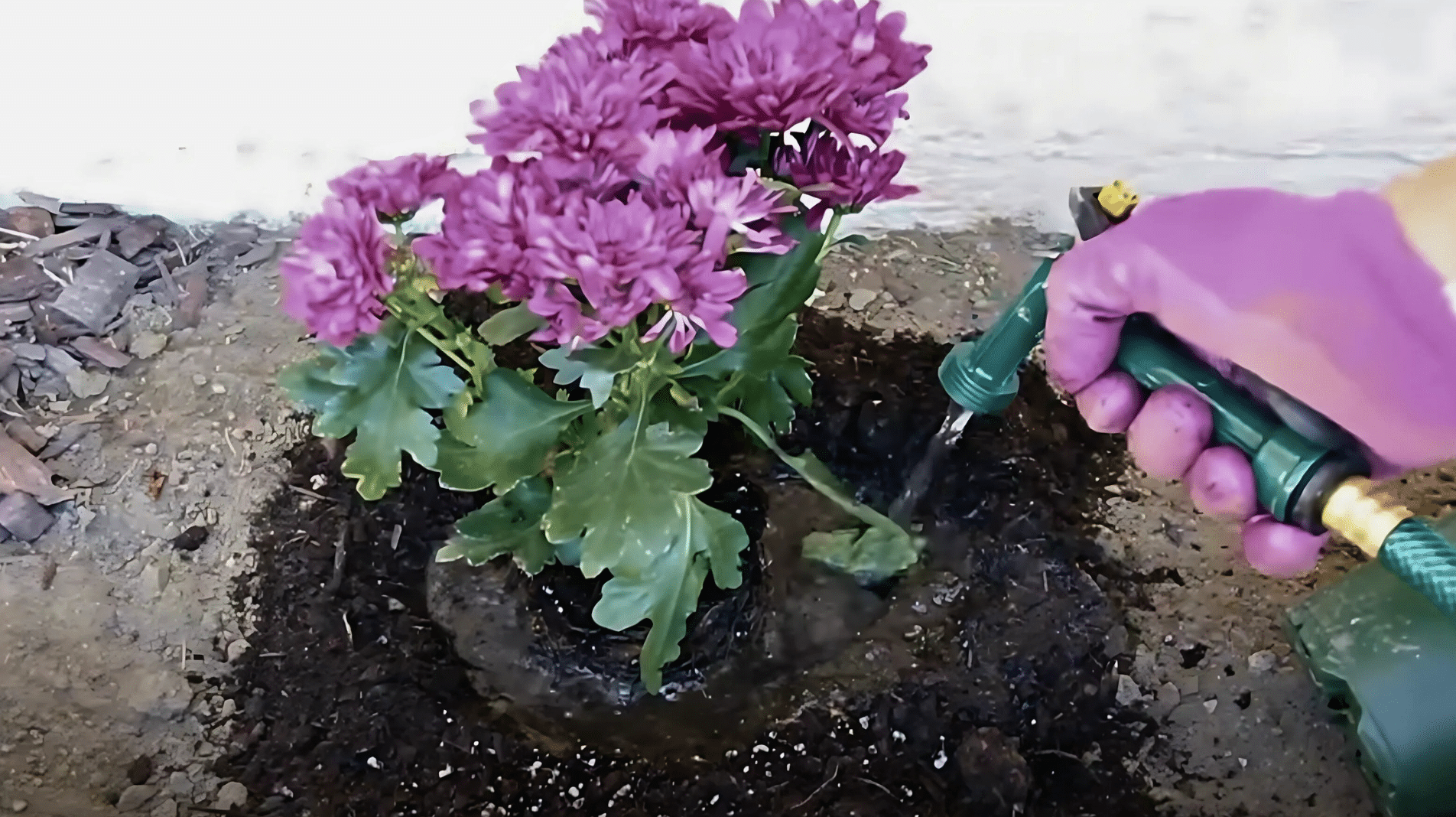
Place the flower in the center of the hole, keeping it at the same depth it was growing in its container. Before filling in the surrounding soil, water the hole well so the moisture settles around the roots.
Then, gently backfill the space with soil, pressing lightly to remove air pockets without compacting the soil too tightly.
Step 5: Finish and Maintain
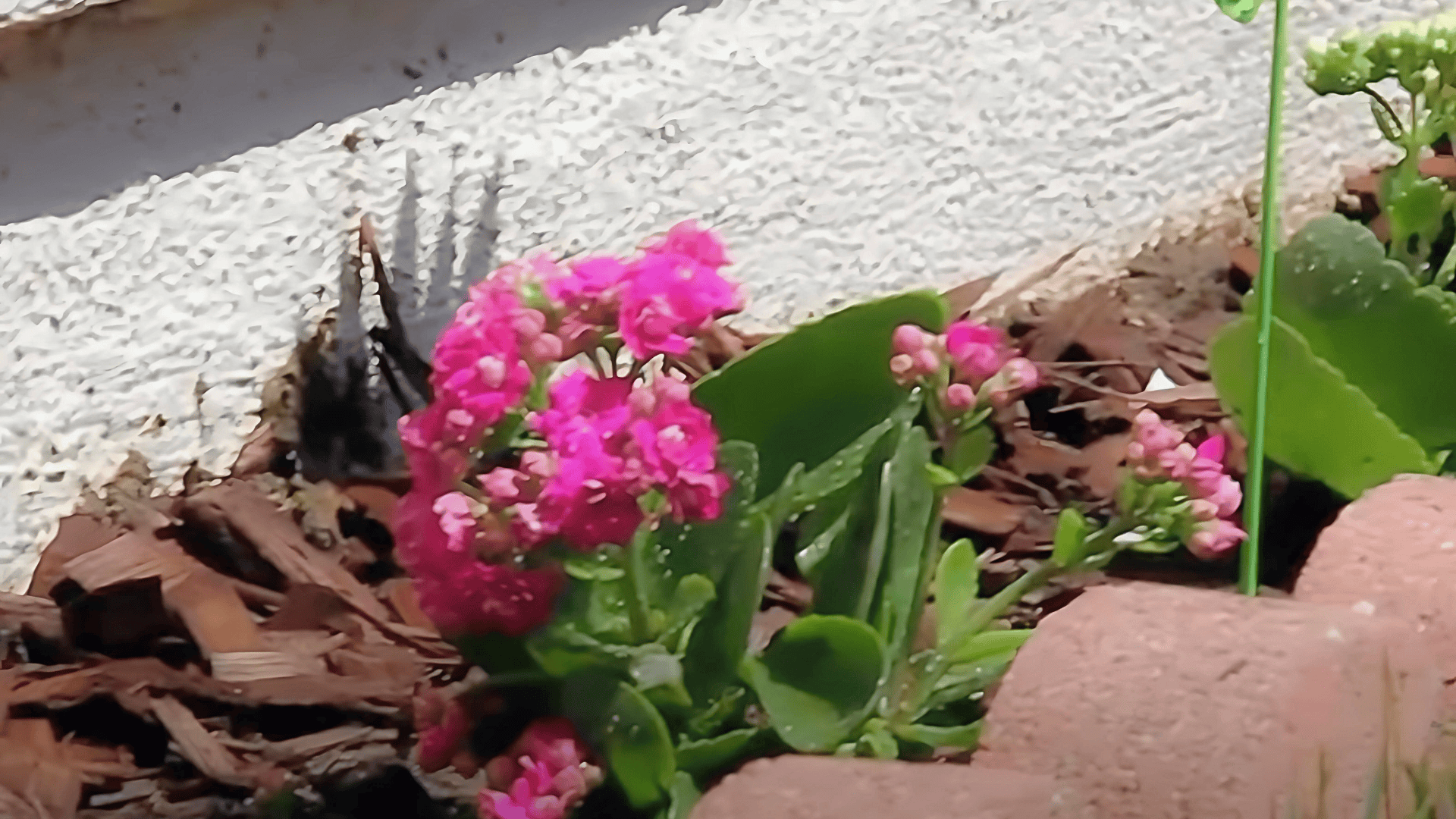
Once the plant is in place, shape the soil so the flower sits on a slight mound; this helps prevent water from pooling around the base and causing root rot. Add any decorative mulch or edging you like.
Water your flowers once or twice a week, depending on weather conditions, and avoid overwatering.
Monitor soil moisture regularly and remove any weeds that appear to keep your plants healthy all season long.
Common Garden Flowers for Every Setting
Some flowers grow well in almost any setting, from sunny borders to shaded corners, making them perfect for both new and experienced gardeners. Here are a few common options that can bring lasting color:
Best for Full Sun
If your garden gets plenty of direct sunlight each day, these flowers will thrive and show their best colors in these bright conditions:
- Marigolds: Bright, low-maintenance blooms that deter pests and thrive in heat with full sun exposure.
- Zinnias: Colorful, long-lasting flowers that bloom nonstop in warm weather and attract pollinators.
- Sunflowers: Tall, cheerful plants that love direct sunlight and provide seeds for birds.
- Cosmos: Airy, daisy-like flowers that handle poor soil and bloom abundantly in sunny spots.
- Nasturtiums: Easy-growing plants with edible flowers and leaves, great for borders and sunny containers.
Best for Partial Shade
If your garden gets a mix of sun and shade, these flowers are especially suited to these softer lighting conditions:
6. Impatiens: Shade-loving flowers that produce bright, consistent blooms in cooler, protected areas.
7. Begonias: Versatile plants with showy flowers or foliage, thriving in dappled light or morning sun.
8. Coleus: Grown mainly for its colorful leaves, it adds vibrant texture to shaded beds or containers.
Best for Pots & Containers
These flowers grow especially well in pots and containers, making them perfect for patios, balconies, or small garden spaces:
9. Petunias: Trailing or upright varieties that produce a steady stream of blooms and work well in baskets or boxes.
10. Geraniums: Hardy, drought-tolerant flowers with clusters of color that can be overwintered indoors.
11. Nasturtiums: Spill attractively from pots while offering peppery-tasting edible blooms and foliage.
Easy Care & Maintenance Tips for Flowers
Caring for flowers can be simple with the right approach. These easy habits will keep your blooms healthy and vibrant through the season, without taking up too much of your time:
- Water in the early morning to reduce disease risk and water loss.
- Avoid watering leaves directly to prevent fungal problems.
- Adjust watering schedules by plant type; perennials often need less water than annuals.
- Deadhead spent blooms regularly to encourage more flowers.
- Apply 2–3 inches of organic mulch around plants to retain moisture and control weeds.
- Use natural pest control methods; marigolds and lavender can help repel insects.
By following these easy care tips, you’ll enjoy beautiful blooms with less effort and more time to simply enjoy your garden.
Flowers with Extra Benefits
Flowers aren’t just about looks; they can offer practical perks too. From improving air quality to improving your mood, the right blooms can make your home both beautiful and functional.
Edible Flowers
Several easy-to-grow flowers produce edible blooms that add color and flavor to meals. Nasturtiums have a peppery taste that works well in salads and sandwiches. Use both the flowers and leaves.
Calendula petals add a mild, slightly bitter flavor to soups and rice dishes. They also have traditional medicinal uses. Violas and pansies taste mildly sweet and look beautiful as garnishes on desserts and salads.
Pollinator Magnets
Many flowers attract bees, butterflies, and other beneficial insects to your garden. Coneflowers and black-eyed Susans provide nectar for butterflies and seeds for birds. These native plants support local ecosystems.
Sunflowers attract various pollinators during blooming and provide seeds for birds later. Even small varieties offer these benefits.
Lavender attracts bees and butterflies while repelling mosquitoes and other pest insects. The flowers can be dried for crafts and sachets.
Avoiding Common Beginner Mistakes
When you’re new to gardening, it’s easy to make small mistakes that can affect how your flowers grow and bloom. Knowing what to watch out for, like these mistakes will help you get better results from the start:
- Overwatering is a leading cause of plant death; let the soil dry slightly between waterings.
- Underwatering during hot weather stresses plants; watch for wilted leaves or drooping stems.
- Placing shade-loving flowers in full sun leads to poor growth and fewer blooms.
- Planting sun-loving flowers in too much shade causes weak, spindly growth.
- Ignoring spacing requirements results in overcrowding, poor airflow, and higher disease risk.
- Skipping frost date checks can lead to planting too early or too late in the season.
By avoiding these beginner mistakes, you’ll give your flowers the best chance to grow strong, stay healthy, and fill your garden with lasting color and beauty.
Wrapping Up
Starting with easy flowers to grow is one of the simplest ways to get comfortable in the garden. You’ll learn how plants respond to water, sunlight, and soil while enjoying colorful blooms along the way.
I suggest beginning with just a few varieties that fit your space and care routine. This keeps things manageable and gives you the best chance for success.
Each season, you’ll pick up small tips and tricks that make gardening easier. Over time, your skills will grow right along with your flowers.
If you’re ready for more ideas and helpful how-tos, take a look at other posts on the website. They’re full of inspiration for your next gardening project!





